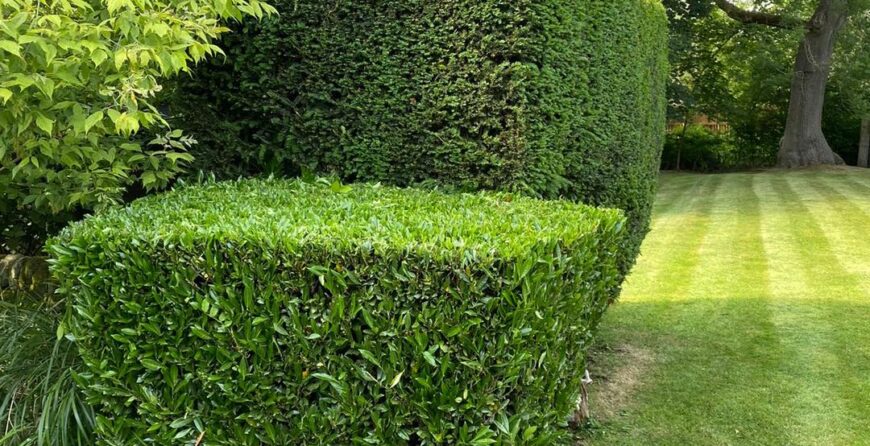Creating a Low-Maintenance Garden: Tips and Tricks
Introduction:
Maintaining a garden can be a rewarding experience, but it can also be time-consuming and labor-intensive. If you’re looking to create a beautiful outdoor space without the constant upkeep, a low-maintenance garden might be the perfect solution for you. In this article, we will explore some tips and tricks to help you design and maintain a low-maintenance garden that will thrive with minimal effort.
1. Choose the Right Plants:
One of the key factors in creating a low-maintenance garden is selecting the right plants. Opt for native plants that are well-suited to your climate and soil conditions. These plants are naturally adapted to the local environment and require less water, fertilizer, and pest control. Additionally, choose plants that are known for their low-maintenance characteristics, such as drought-tolerant varieties or those with disease resistance.
2. Group Plants by Watering Needs:
To further reduce maintenance, group plants with similar watering needs together. This allows you to water them efficiently without wasting water on plants that don’t require as much moisture. Consider installing a drip irrigation system or using soaker hoses to deliver water directly to the roots, minimizing evaporation and ensuring plants receive the right amount of water.
3. Mulch for Moisture Retention:
Mulching is an essential practice in low-maintenance gardening. Applying a layer of organic mulch, such as wood chips or shredded bark, helps retain moisture in the soil, suppresses weed growth, and regulates soil temperature. Mulch also adds an aesthetic appeal to your garden while reducing the need for frequent watering and weeding.
4. Minimize Lawn Areas:
Lawns are notorious for their high maintenance requirements, including regular mowing, watering, and fertilizing. Consider reducing the size of your lawn or replacing it with alternative ground covers, such as gravel, mulch, or low-growing plants. These alternatives require less maintenance and can add visual interest to your garden.
5. Implement Smart Design:
A well-designed garden can significantly reduce maintenance efforts. Consider incorporating hardscaping elements, such as pathways, patios, or raised beds, to break up the space and create defined areas. This not only adds structure to your garden but also reduces the amount of space that needs regular maintenance. Additionally, choose low-maintenance materials for your hardscaping, such as stone or composite decking, which require minimal upkeep.
6. Use Perennials and Evergreens:
Choosing perennial plants and evergreens is a smart strategy for a low-maintenance garden. Perennials come back year after year, reducing the need for replanting, while evergreens provide year-round interest and require minimal pruning. Incorporate a variety of these plants into your garden to ensure continuous color and texture without the need for frequent replacements.
7. Implement Weed Control Strategies:
Weeds can quickly take over a garden and become a never-ending battle. Implementing effective weed control strategies is crucial for maintaining a low-maintenance garden. Start by removing existing weeds manually or using organic weed killers. Then, apply a pre-emergent herbicide to prevent weed seeds from germinating. Regularly inspect your garden for any new weed growth and promptly remove them to prevent them from spreading.
8. Opt for Low-Maintenance Structures:
In addition to plants, the structures in your garden can also contribute to its overall maintenance requirements. Choose low-maintenance materials for fences, trellises, and other structures. Vinyl, composite, or metal materials are durable and require minimal upkeep compared to wood. Additionally, consider installing low-maintenance features like artificial turf or self-cleaning water features to further reduce maintenance tasks.
Conclusion:
Creating a low-maintenance garden doesn’t mean sacrificing beauty or enjoyment. By carefully selecting the right plants, grouping them by watering needs, implementing smart design, and using effective weed control strategies, you can create a stunning garden that requires minimal effort to maintain. With these tips and tricks, you’ll be able to spend more time relaxing and enjoying your outdoor space, rather than constantly tending to it.


